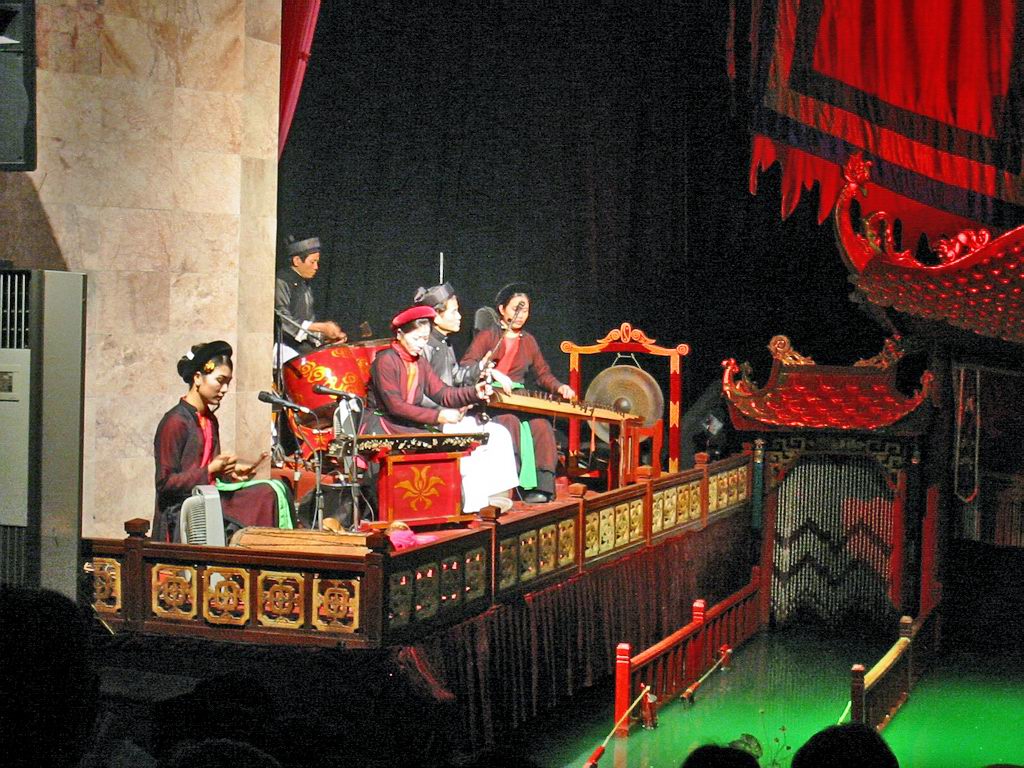The billionaire T. Boone Pickens and President Barack Obama have something in common: a plan for saving us from imported energy. In doing so they hope to reduce air pollution, create jobs and head the country towards a more sustainable energy future.
But Pickens and Obama do not have the same plan. In fact, Pickens has been critical of Obama’s plan; and Obama has been silent on Pickens’ plan.
Where both plans converge is on the billions of tax dollars that will be needed to upgrade the now ramshackle transmission system. This is often called the grid. The fact is it is not a grid at all, but a series of local grids that are sometimes interconnected. Texas is not connected to the rest of the U.S. system, for example.
The first problem with the two plans is that they are aimed specifically at foreign oil but deal with electricity, which we import in small quantities from Canada. Electric imports are not a problem. Both have ideas about how a greener, smarter electric grid will help toward cutting the astonishing amount of oil–20 million barrels a day–we consume in the U.S., 70 percent of it from overseas.
The Pickens plan is fairly straightforward. He wants to build wind farms up the spine of the United States, from Texas to Canada–hundreds of thousands of windmills in the best wind belt in the country. This electricity will be transported from the relatively underpopulated Intermountain West to the heavily populated coastal cities of the East and West.
This electricity would be moved on the new smart grid that everyone is sure is desirable, and on the way if the government foots the bill and there is enough use of eminent domain to force the new lines across private property. One of the reasons the grid is not larger and more flexible today is that it often takes as long as 20 years to overcome the local protest and litigation. Even the abusive use of eminent domain does not block lawsuits over issues like the health effects of large power lines.
To Pickens, this electricity will make it possible to back out the 30 percent of natural gas now being used to generate electricity; and that resource will substitute for oil in large trucks and eventually domestic autos, after the new filling stations are built.
Neat, huh? Maybe in 25 years?
Obama’s plan is more ambitious, but less specific. It seeks a huge increase in wind generation; the use of solar panels in cities; and, of course, the building of a really smart grid, which will give consumers the option to turn off their appliances when electricity is expensive and back on when it is cheap, mostly late at night and early in the morning–midnight suppers and 3 a.m. showers. The relief from imported oil comes in the use of electric cars, hybrid cars and possibly the electrification of some rail lines, where high-speed trains are envisaged.
Under the Obama plan and with his grid, your house will be monitored 24 hours a day for energy usage and it will get helpful directions on energy conservation. Ergo if you are growing plants in the basement, you might not want to sign up. Privacy is an issue. Also, will we go smart? Those who cannot program their VCR might want to dodge the smart grid.
There will be winners and losers. The winners will be the equipment manufacturers (lines, poles, meters, wire, insulators, turbines), civil engineers and, of course, lawyers and consultants. The losers? If the scheme collapses under its own grandeur, it will be taxpayers; job-seekers and ultimately the environment, if the utilities keep burning coal for more than half of their production. If the windmills are built under either scheme, birds and bats will get it. Both species are already slaughtered by the tens of thousands by flying into wind turbine blades.
While gasoline is cheap, the lights are on and the thermostat is set either too low or too high, it is going to be hard to tell people they have to change–and pay for it.
